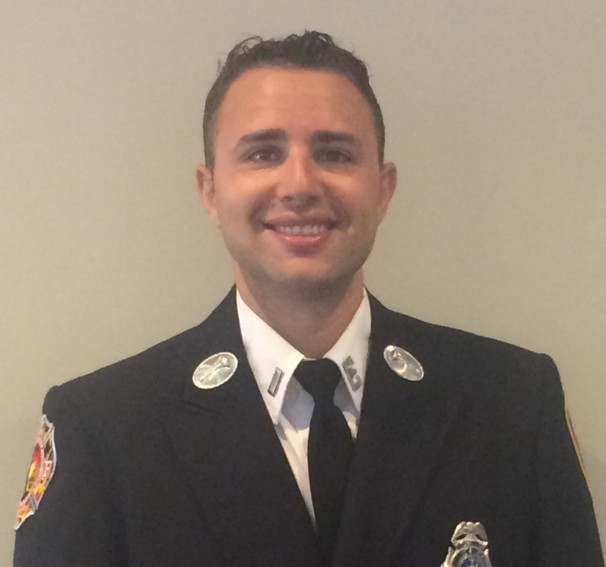Be proactive — prevent liquid and steam burns
Children and older adults most at risk
As a parent of two young children, I’m always worried that my curious 2-year-old will grab my hot coffee off the counter, or if my 4-year-old tries to put her pasta in the boiling water on her own. Events like these can lead to possible scalding and steam burns. They are some of the most painful — and hopefully preventable — burn injuries.
According to the National Scald Prevention Campaign, each year, over 450,000 burn injuries occur in the U.S. that are serious enough to require medical treatment. Between 2007 and 2013, the proportion of burn center admissions due to scald burns increased from 29.8 percent to 33.7 percent.
Children are at particularly high risk for burn injuries due to their immature motor and cognitive skills, inability to self-rescue and dependence on adults for supervision and danger-avoidance interventions. Older adults are similarly more vulnerable due to decreased reaction time, impaired mobility and the effects of pre-existing health conditions.
Infants, toddlers and elderly adults have thinner dermal layers compared to persons of other ages, leading to deeper burn injuries at lower temperatures or shorter exposure time. When exposed to the same quantity of hot liquid, a child will sustain burns over a larger percentage of their total body surface area than an adult (due to a child’s overall smaller body size).
Hot water will burn skin at temperatures much lower than boiling point 212 degrees. In fact, it only takes two seconds of exposure to 148-degree water to cause a burn serious enough to require surgery.
Education and prevention are critical
Take the steps to become educated of the risks, educate caretakers and baby sitters. Teach your children, regardless of age, the importance of safety and the dangers of hot water and cooking. According to the NSPC, the most common factors that contribute to scald burn injuries in children are:
Lack of inadequate supervision such as distracted, substance-impaired, or sleeping caregivers; use of a sibling or immature sitter; infrequent observation; or neglect.
Danger is not perceived by the caregiver, and therefore protective measures are not implemented. Caregivers may be ignorant of potential burn-causing hazards in the environment or be inexperienced in anticipating potentially dangerous situations, such as: leaving hot beverages within a child’s reach, not checking bath water temperatures, carrying hot liquids/food while holding a child, etc.
Responsibility given to a child above their developmental ability, such as bathing or caring for a younger sibling, cooking or using a microwave at a young age, etc.
Abuse, such as intentional injuries from pouring onto or submerging into hot water.
Tips for bath or shower time
Set your water heater at 120 degrees or just below the medium setting. A safe bathing temperature is 100 degrees.
Never leave children unattended in the bath or shower, so that they don’t change the water temperature. Use a thermometer to test the water coming out of your bath water tap and run your hand through bath water to test for hot spots.
Tips for kitchen hot food and drinks
Use back burners and turn pot handles toward the back of the stove so children cannot pull them down.
Use oven mitts when cooking or handling hot food and drinks.
Stir and test food cooked in the microwave before serving.
Open heated containers away from you from back to front.
Keep children away from the stove when cooking by using a safety gate for younger children and marking with tape a three-foot “no-kid zone” for older children.
Keep hot drinks away from the edge of tables and counters and avoid using tablecloths and placemats.
Use a travel mug with a tight-fitting lid for all hot drinks.
Never hold or carry a child while you have a hot drink in your hand.
Don’t cook while distracted.
Remember these events could be preventable. For more information about this you can visit www.FlashSplash.org. Feel free to email me with questions or to organize an educational prevention event.
Lt. Sam Pinto is a career firefighter, paramedic, nationally certified fire instructor, and certified fire and life safety educator. He can be reached at SPinto@iaff287.org.

 63.0°,
A Few Clouds
63.0°,
A Few Clouds 




